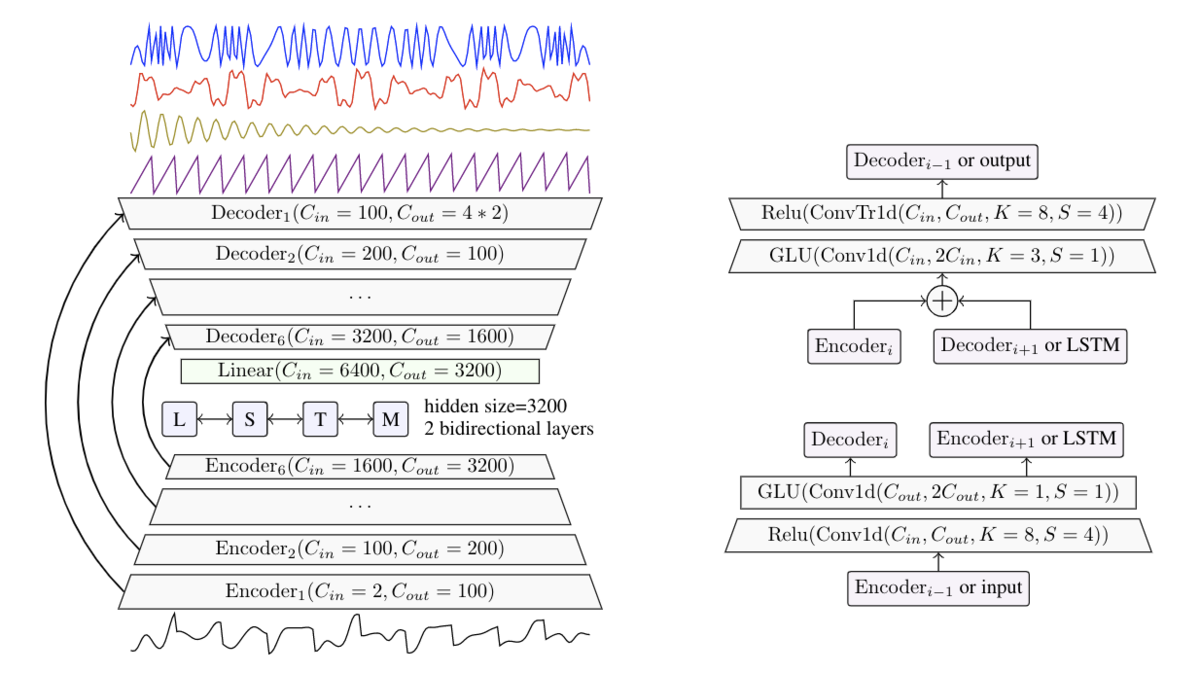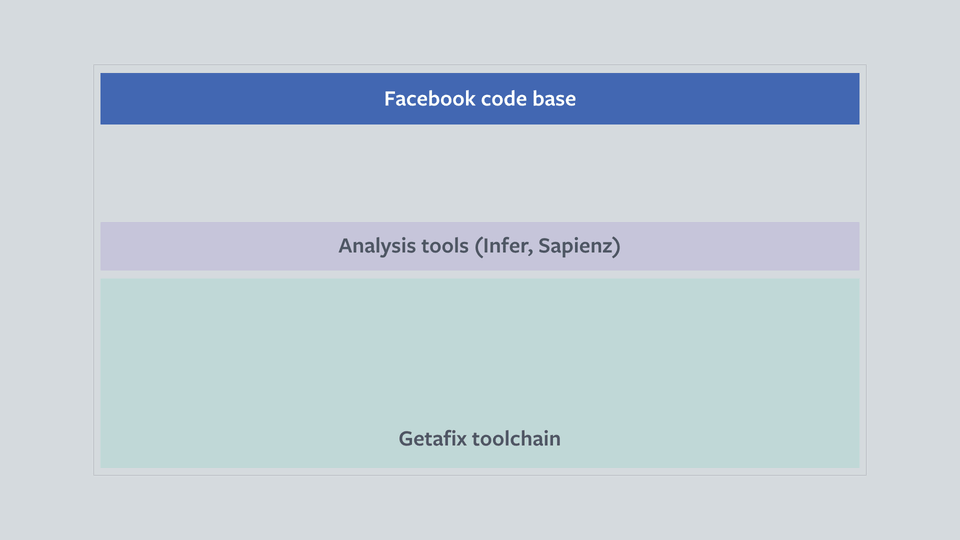Meta is transferring Jest to the OpenJS Foundation
Good for them (and us)! But what does that mean in practice?
Over the next few months, we’ll be completing the OpenJS Foundation’s incubation program checklist, including transferring the Jest domain, repo, website, and other assets to OpenJS. We’ll also be updating the code of conduct and contributor license agreement.
Additionally, as part of this move, we will be publishing a project charter and creating new governance policies that will document the process for gaining commit access, as well as our leadership selection process.
Next up: React?! A guy can dream…


